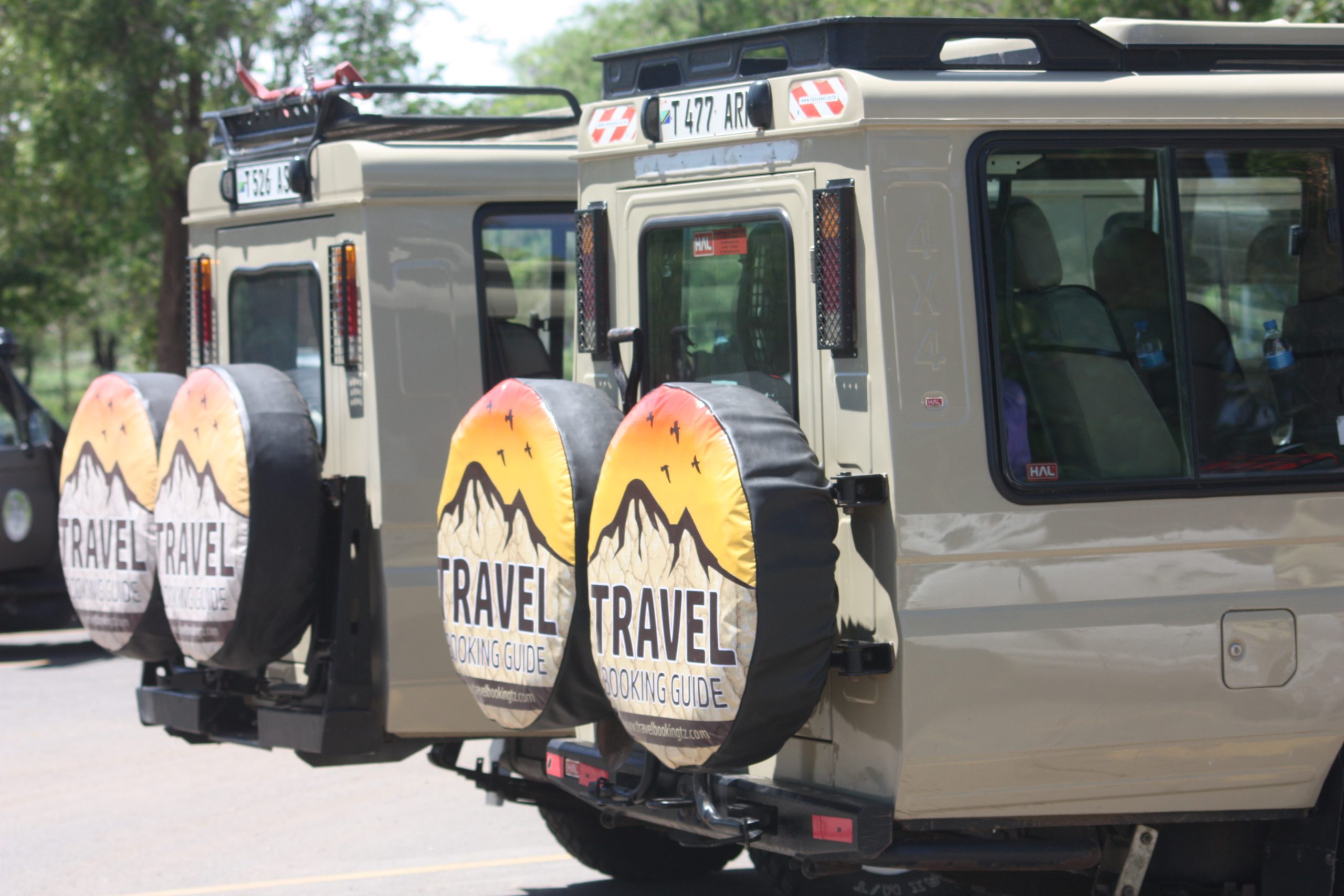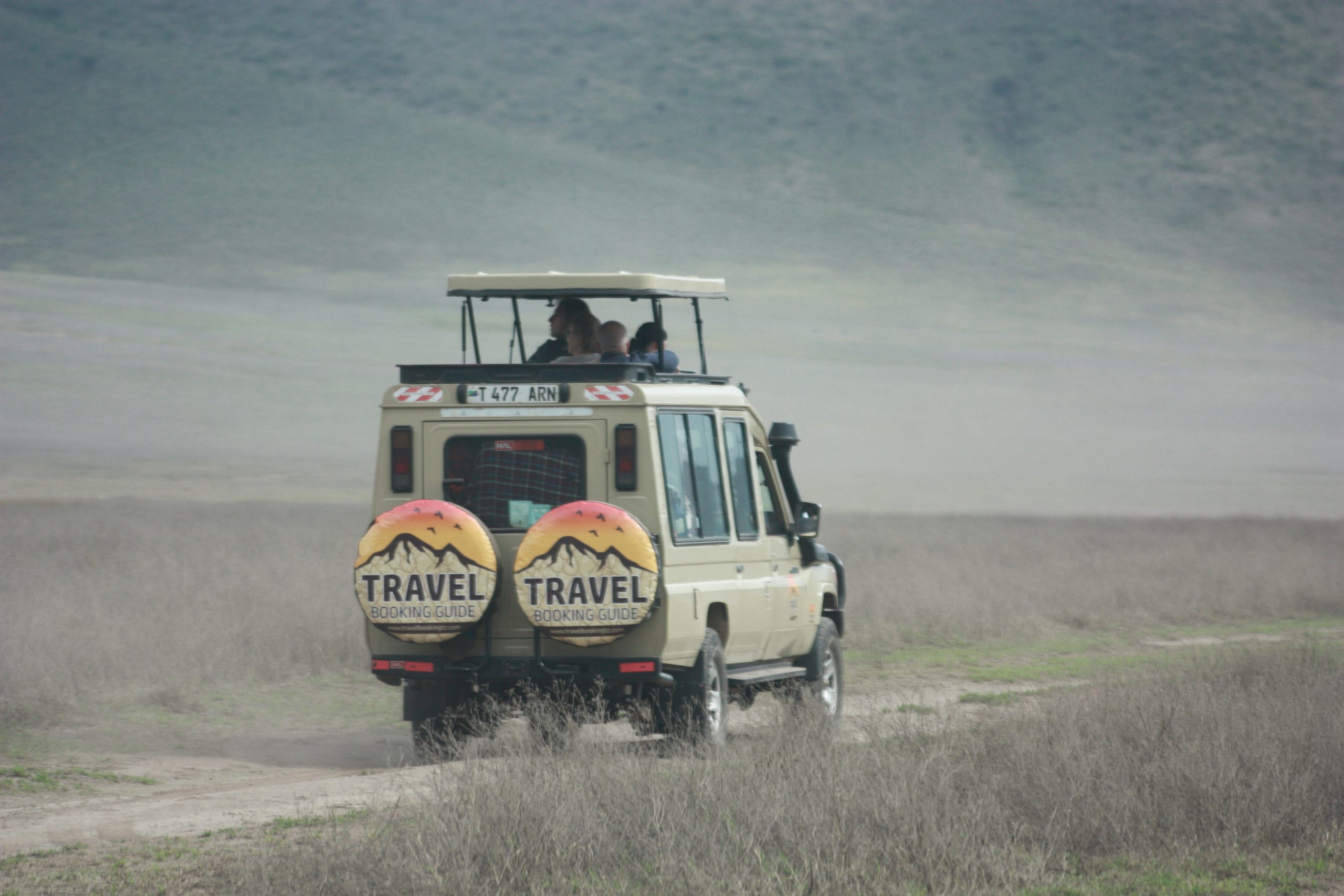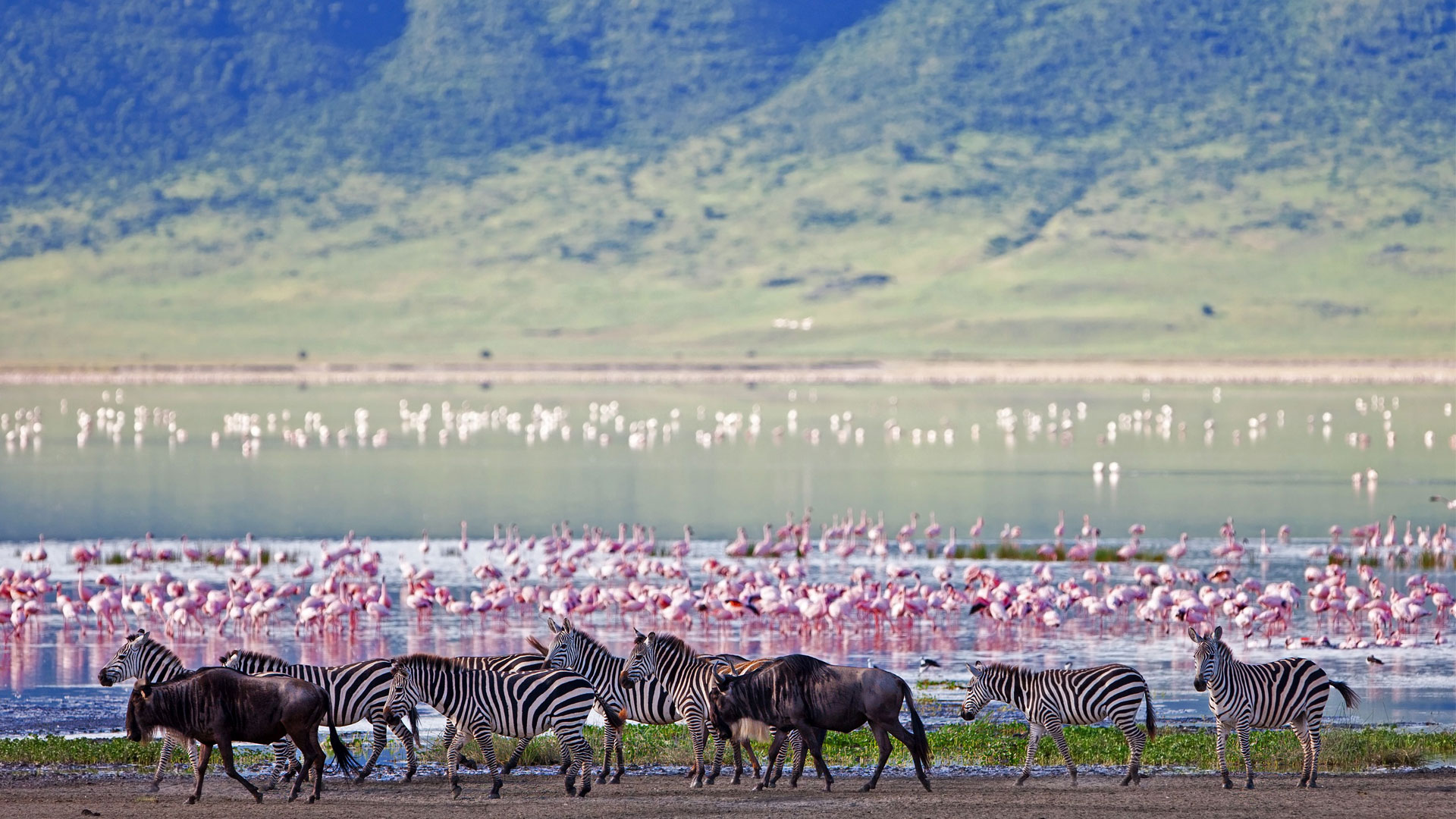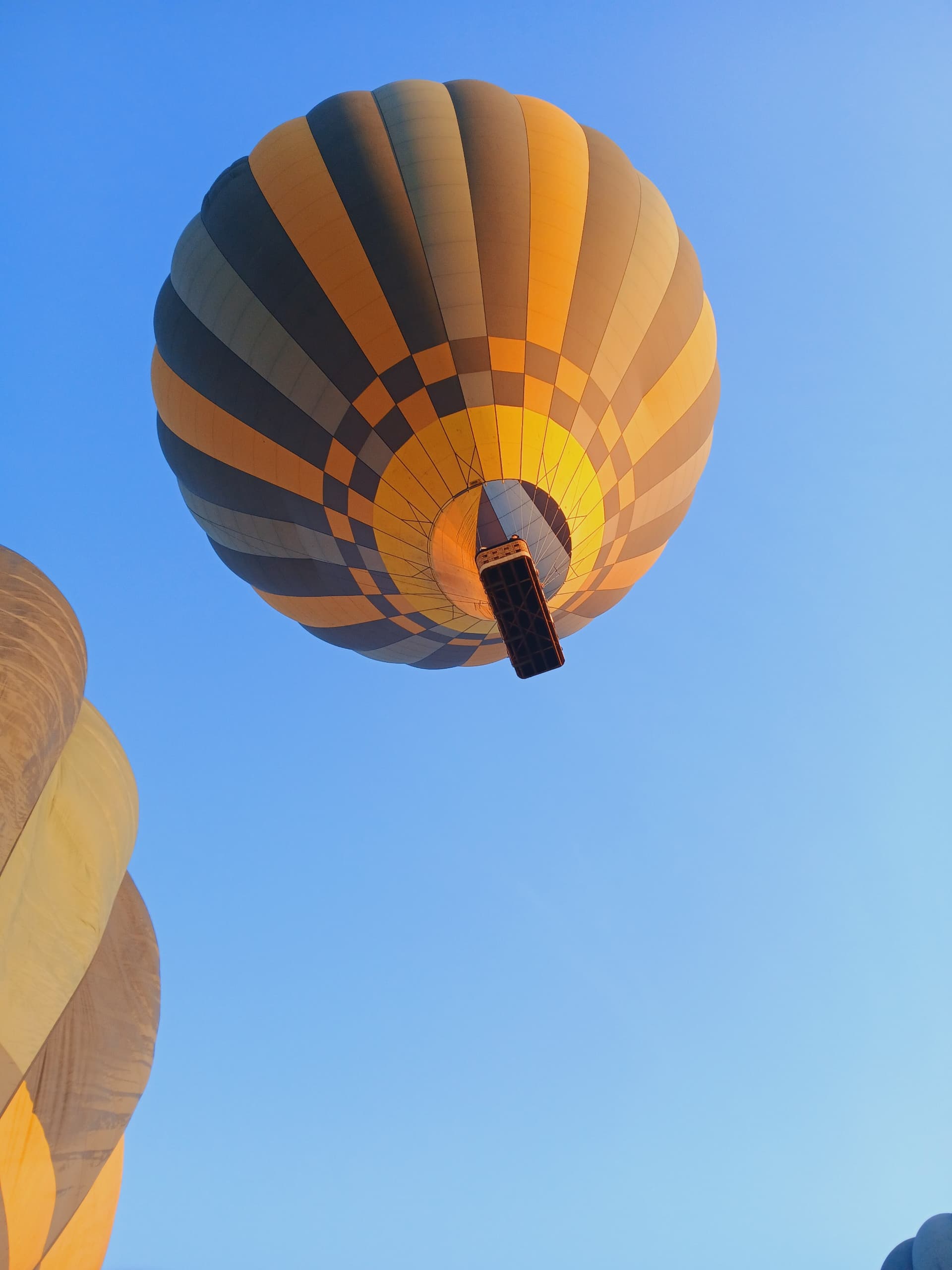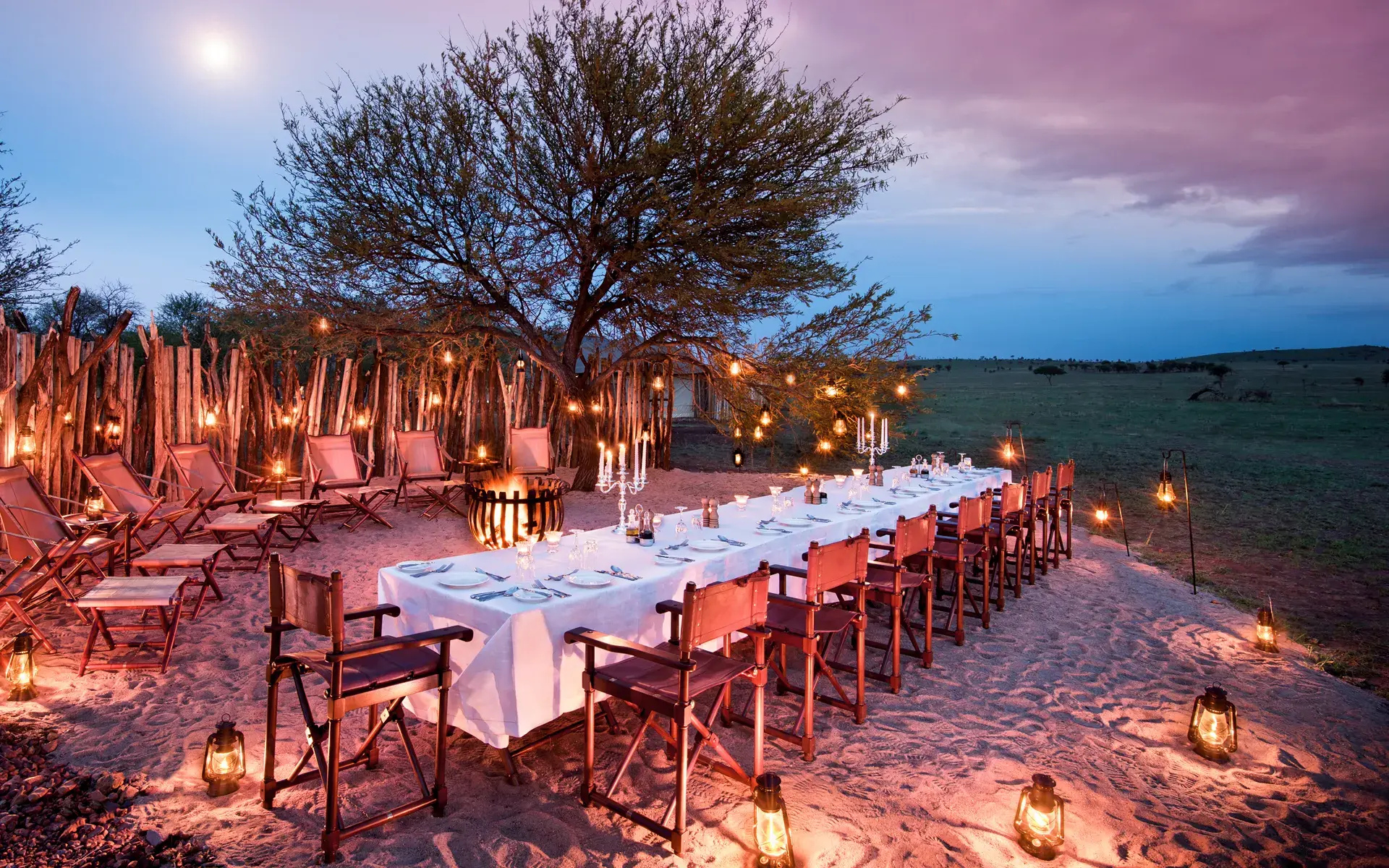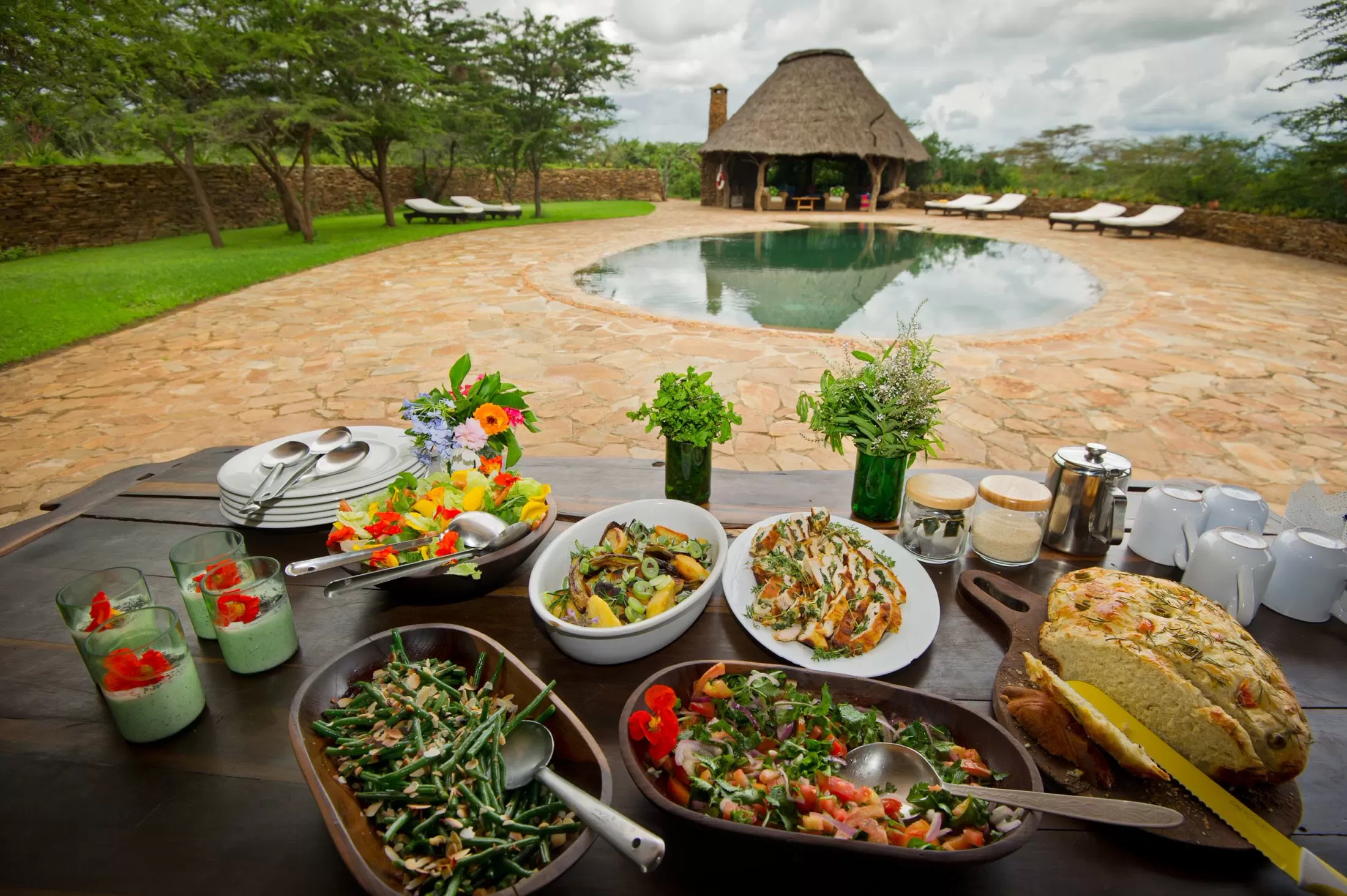What to Expect on Your First Safari
Your First Tanzania Safari – A Day-by-Day Itinerary & What Really Happens
A first safari is one of those rare journeys that is both exactly what you dreamed of and completely different from what you imagined. The posters and travel magazines show you lions lounging on sunlit rocks and elephants framed by acacia trees at sunset. Those moments exist – and you will likely see them – but what makes a safari unforgettable is the texture in between: the early morning chill, the sound of the bush waking up, the smell of rain on dry earth, and the slow build of anticipation as your guide scans the horizon.
This is a realistic, day-by-day look at how a typical Tanzania safari unfolds, with practical details to prepare you, insider tips to make the most of it, and a few gentle truths about what really happens once you’re here.
Before You Leave: Prep Is Half the Safari
The journey begins long before you step onto African soil. Tanzania requires that your passport be valid for at least six months beyond your arrival date, with at least one blank page for visas. Many travellers apply for an e-visa online – which usually takes a few days – but you can also get a visa on arrival at Kilimanjaro International Airport (cash in US dollars is fastest).
Health preparations are equally important. Visit a travel clinic six to eight weeks before departure to discuss vaccinations for yellow fever (sometimes required depending on your travel route), hepatitis A, typhoid, and routine boosters. Tanzania is in a malaria zone, so prophylaxis is strongly recommended – take it as prescribed before, during, and after your trip. Bring any prescription medicine in its original container, plus a basic travel health kit with painkillers, antiseptic wipes, rehydration salts, and plasters.
Packing is a game of restraint. Most bush flights between parks have strict weight limits – often 15 kilograms (about 33 pounds) per person in soft-sided bags. Neutral-coloured clothing (khaki, beige, olive, brown) is best, not because animals care about fashion, but because bright colours can spook wildlife and dark shades like black or navy attract tsetse flies. Layering is essential: mornings can be 10°C (50°F) or cooler, but afternoons can hit 30°C (86°F) or more. Include a wide-brimmed hat, sunglasses, high-SPF sunscreen, a scarf or buff for dust, and a good camera or phone with extra batteries and memory cards.
Day 0: Arrival and First Impressions
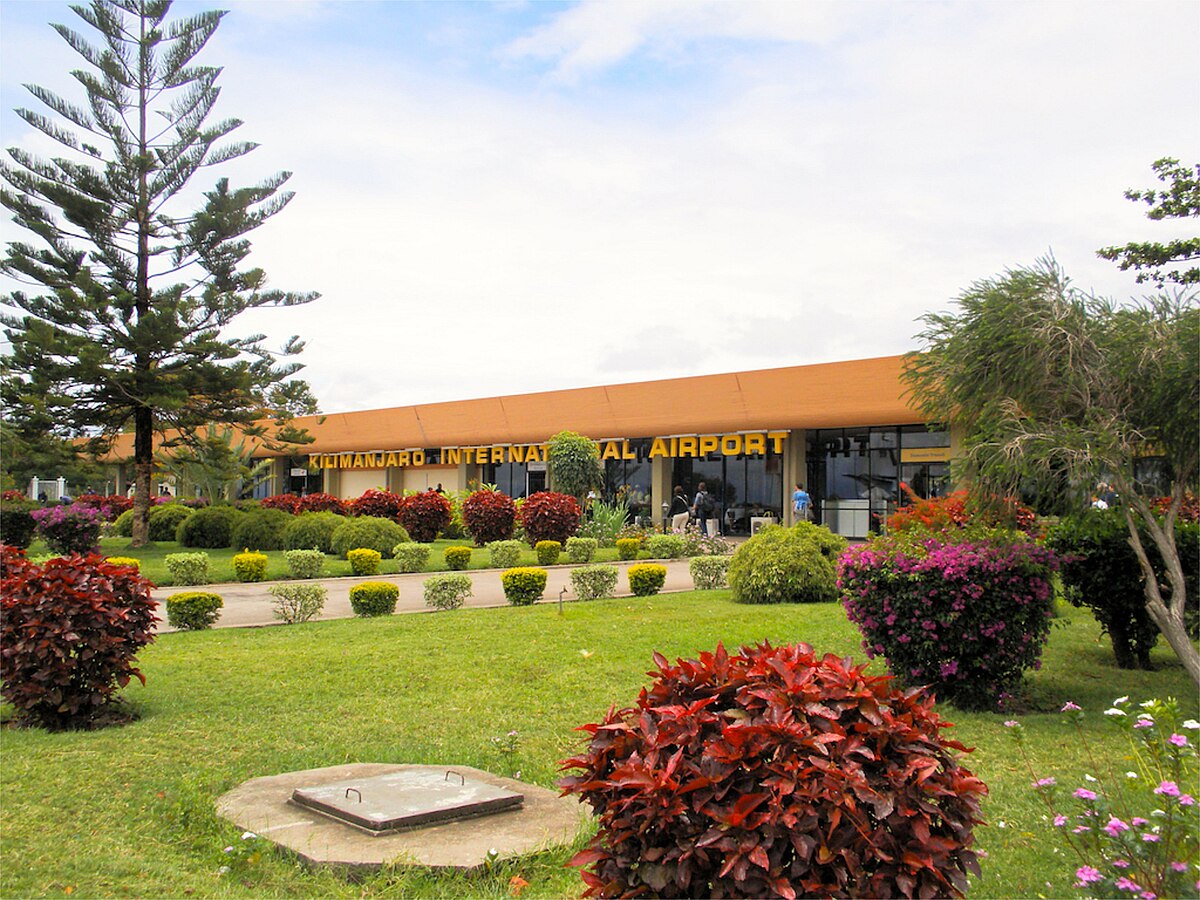
Most first-time safari-goers land at Kilimanjaro International Airport or Arusha Airport. After customs and immigration, you’ll be greeted by your driver or a lodge representative. It’s not unusual for the drive to your first night’s lodge to take 30–60 minutes, sometimes longer if traffic is heavy.
Your first night is usually spent at a comfortable lodge or boutique hotel in Arusha – close enough to the parks to keep you excited, but far enough from the bustle to let you rest. Expect a warm welcome, a welcome drink, and a short briefing about your safari: when you’ll leave in the morning, what to expect for weather, and any luggage adjustments if you’re taking a bush flight.
If you arrive early in the day, you might have time for a gentle activity: a short nature walk around the property, a visit to a local coffee plantation, or simply relaxing on your veranda listening to the evening bird calls.
Pro tip: Sleep early. Safari days start before dawn, and the body clock shift from international travel plus early wake-ups can hit you harder than you think.
Day 1: Dawn, Dust, and Discovery
Your first morning is a test of enthusiasm versus sleepiness. Wake-up calls often happen at 5:00 a.m. – sometimes earlier in the Serengeti or Ngorongoro. A quick coffee or tea, a small pastry, and you’re climbing into a customised 4×4 with your guide.
The first drive is magical. The air is cool, the bush is quiet except for bird calls, and the low golden light makes everything cinematic. Your guide will scan for fresh tracks, listen to radio chatter from other guides, and read the landscape like a book: a flick of a tail in long grass, a cluster of vultures circling, the alarm calls of baboons.
Sometimes you’ll find wildlife quickly – elephants crossing a track, a pride of lions still yawning in the morning shade. Other mornings might be slower, with long stretches of driving before a major sighting. Both are part of the rhythm; patience is rewarded with more authentic encounters.
By mid-morning, you’ll either return to camp for a hearty breakfast or enjoy a bush breakfast in the field – a simple but memorable spread with eggs, fruit, fresh juice, and Tanzanian coffee served at a folding table in the open air.
The middle of the day is for rest. Animals retreat to shade, light becomes harsh, and temperatures climb. Lodges encourage you to nap, read, take a dip in the pool, or enjoy cultural experiences like visiting a nearby Maasai village.
In the late afternoon, you’ll set off again. The bush comes alive as the day cools, and the soft light before sunset is prime photography time. Many guides like to stop for sundowners – a cold drink in hand while you watch the horizon melt into pink and gold.
Dinner back at camp is often a three-course affair, eaten communally or privately, depending on the lodge. This is when stories from the day come out: the close-up cheetah sighting, the giraffe that blocked the track, the baby elephant who got a little too curious.
Day 2: Settling Into the Rhythm
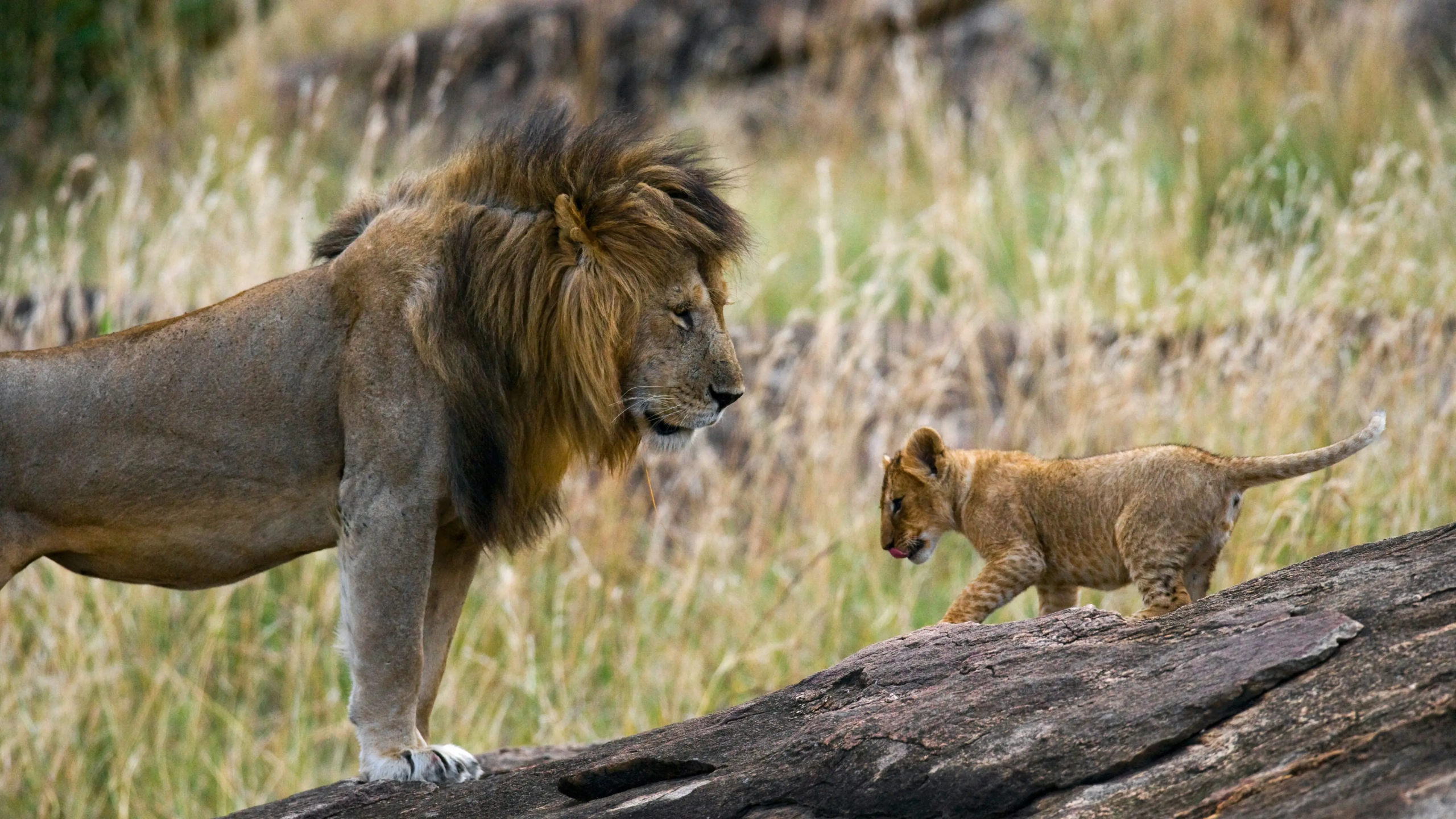
By now, the routine feels natural: pre-dawn wake-up, game drive, breakfast, rest, afternoon game drive, dinner, stargazing, sleep.
You’ll start to notice that every drive is different. Even on the same track you drove yesterday, something new appears – a lioness with fresh cubs, a herd of wildebeest moving through, a jackal chasing guinea fowl. Your guide may take you to a waterhole known for hippos or park near a fig tree where leopards are sometimes spotted.
This is also when you begin to appreciate your guide’s skill. Good guides are not just drivers – they’re storytellers, trackers, naturalists, and safety managers all in one. They know the terrain, animal behaviour, and how to position the vehicle for the best view without disturbing wildlife.
Transfer Days: Changing Scenery
If your itinerary covers multiple parks – for example, Tarangire, Ngorongoro, and the Serengeti – there will be days when you travel between locations. These are often long but scenic journeys.
Road transfers can take anywhere from 4 to 8 hours, depending on distance and road conditions. They can be dusty and bumpy, but also full of unexpected moments: roadside markets, children waving from villages, giraffes browsing near the road.
Bush flights are faster and offer a spectacular bird’s-eye view of the landscape. They also have their quirks: strict luggage limits, no assigned seats, and sometimes multiple short hops before you reach your airstrip.
Pro tip: Keep essentials in your daypack – camera, water, sunscreen, a light jacket, and any medication – because checked bags are sometimes loaded separately and may arrive a few minutes after you.
Ngorongoro Crater: Nature’s Amphitheatre
A day in the Ngorongoro Crater is one of the most intense wildlife-viewing experiences in Tanzania. You’ll descend early from the crater rim into a landscape unlike anywhere else: a vast, bowl-shaped caldera teeming with life.
The crater is small enough to explore in a day but rich enough to hold lions, elephants, buffalo, black rhinos, flamingos, and hundreds of bird species. It can also be busy, with many vehicles following similar routes, but your guide will know the quieter corners.
Picnic lunches are usually taken at designated spots inside the crater. Keep an eye on your food – cheeky kites (birds of prey) have been known to swoop down and steal sandwiches.
Optional Highlights: Balloons & Walks
If you’ve booked a hot-air balloon safari in the Serengeti, prepare for an even earlier start – sometimes as early as 4:00 a.m. The reward is floating silently over the savannah as the sun rises, watching herds from above. Balloon flights end with a champagne breakfast in the bush, making them a splurge worth considering.
A walking safari is a slower, more intimate way to experience the bush. Accompanied by an armed ranger, you’ll learn about tracks, plants, insects, and the smaller signs of life that are easy to miss from a vehicle. Walking safaris are not high-adrenaline predator chases – they are about connection, awareness, and seeing the ecosystem at eye level.
Evenings in the Bush
After sunset, the safari world changes. Night drives are offered in some private reserves, using spotlights to reveal nocturnal animals: bushbabies leaping between trees, genets slinking along branches, lions on the move.
Back at camp, evenings are lit by lanterns and campfires. Some nights might include traditional music or dance from local communities; other times, it’s just the sound of the night and a million stars overhead.
Food, Comfort, and Connectivity
Food on safari is often far better than guests expect. Lodges take pride in using fresh, local ingredients – fruit, vegetables, fish from nearby lakes, and meat from local farms. Meals are hearty but can be adapted to vegetarian, vegan, or gluten-free diets if you inform your operator in advance.
Electricity and Wi-Fi vary. Many camps run on solar power and provide charging stations in common areas. Wi-Fi may be limited or available only in reception. Embrace it – being offline is part of the experience.
The Last Day: Farewell to the Bush
Departure days often include a short morning drive before heading back to Arusha or flying onward to Zanzibar for a beach extension. It’s a strange mix of satisfaction and reluctance – your camera roll is full, but part of you wishes you could stay just one more day.
Tipping is customary and appreciated. Guides often receive tips per day per vehicle, while lodge staff share a pooled tip. Your operator will suggest amounts, but small denomination US dollars are the easiest to carry and distribute.
Safety, Etiquette, and Mindset
A few golden rules will keep you and wildlife safe:
Listen to your guide at all times. Stay in the vehicle unless told otherwise. Speak in low voices during sightings. Never feed animals. Ask before photographing people.
Most importantly, bring patience. The bush does not run on your schedule, and the most magical moments often happen when you least expect them.
